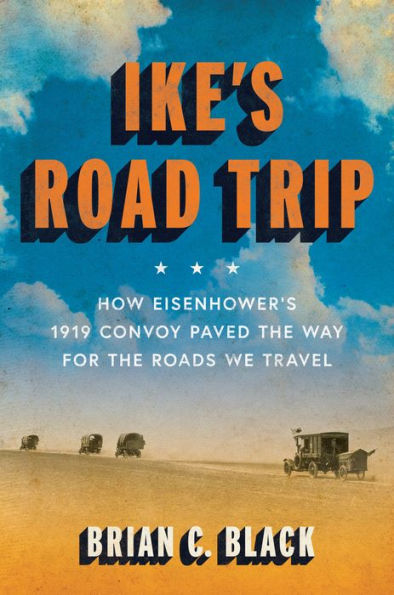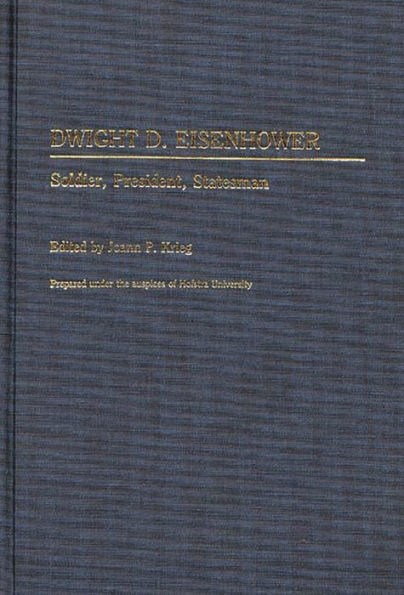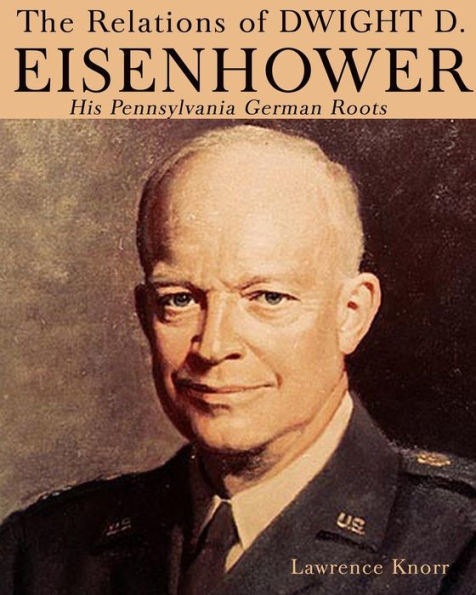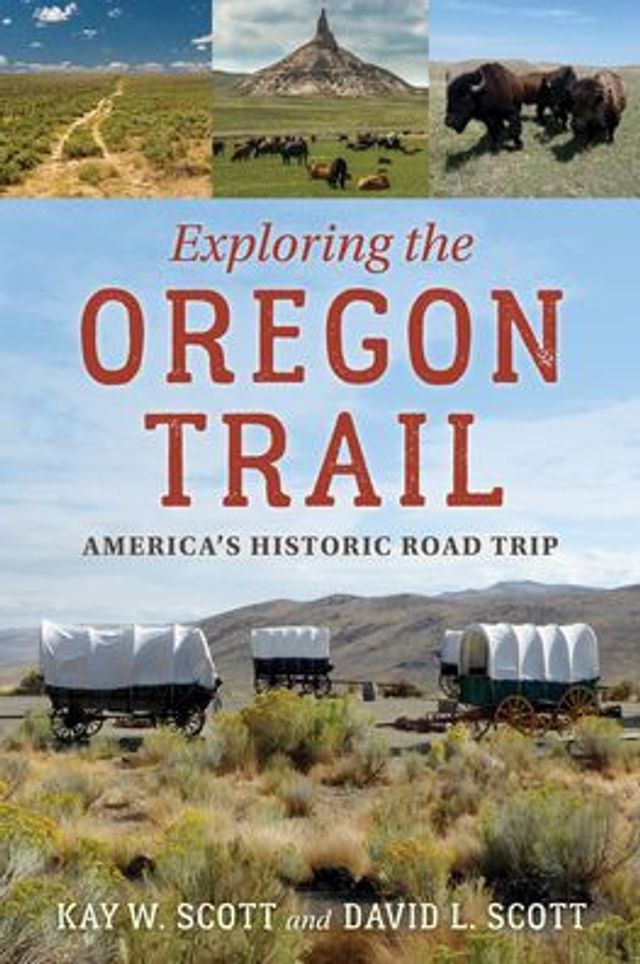Home
Ike's Road Trip: How Eisenhower's 1919 Convoy Paved the Way for Roads We Travel
Loading Inventory...
Barnes and Noble
Ike's Road Trip: How Eisenhower's 1919 Convoy Paved the Way for Roads We Travel
Current price: $28.95


Barnes and Noble
Ike's Road Trip: How Eisenhower's 1919 Convoy Paved the Way for Roads We Travel
Current price: $28.95
Loading Inventory...
Size: Hardcover
*Product Information may vary - to confirm product availability, pricing, and additional information please contact Barnes and Noble
Before he led the liberation of Europe, before he became our nation’s 34th President, Dwight D. Eisenhower’s made a road trip in 1919 from Washington D.C. to California. The expedition proved to be a crucial chapter in the history of America as it laid the groundwork to make automobile travel the fastest and easiest way to move around the country, also setting in motion the nation’s future love affair with cheap crude.
The 1919 Transcontinental Motor Convoy of eighty-one trucks and other military vehicles traveled more than 3,000 precarious miles along the most famous road of the day, the Lincoln Highway, which ran between New York City and San Francisco. World War I had illustrated the importance of being able to move large amounts of troops and equipment quickly over long distances, and Eisenhower’s mission was to evaluate whether the country’s emerging network of paved roadways could handle such a task. It was an experience Eisenhower would never forget. Decades later, as president, he drew on that experience to push through the Interstate Highway Act of 1956.
adds an important chapter to the story of the midwestern president who is often seen as “America’s grandfather.” Eisenhower will also be seen as a modern visionary during a pivotal moment: his persistent trust in cheap petroleum proved to be a blueprint for modern America as he helped facilitate the most significant energy transition of the twentieth century. Today, we are experiencing perhaps the most important energy transition since Eisenhower’s day—from petroleum to renewables—and that change will require minds as equally visionary as his.


















